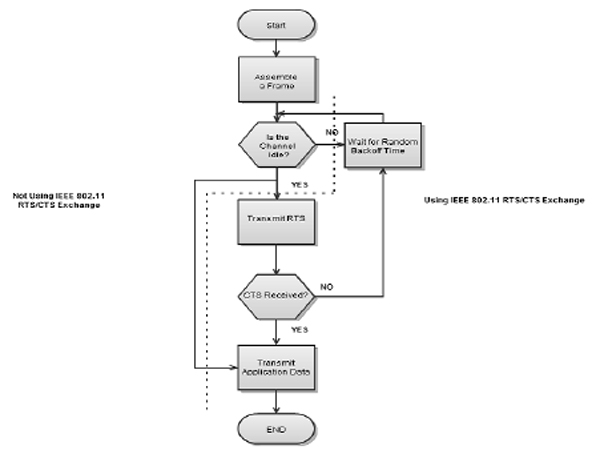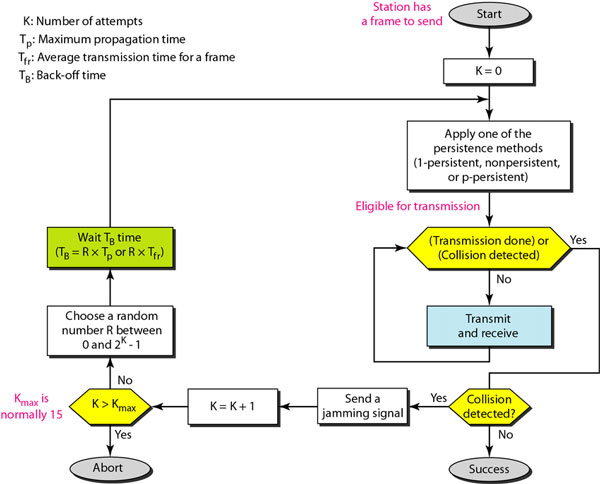CSMA: Carrier Sense Multiple Access, CA vs CD

To compare these two entities first we should know what CSMA/CA and CSMA/CD briefly are;
CSMA/CA:
It stands for (Carrier Sense Multiple Access/Collision Avoidance) is a protocol for carrier transmission in 802.11 networks acts to prevent collisions before they happen. The difference can be understood through the following flowchart. The basic idea behind CSMA/CA is that the station should be able to receive while transmitting to detect a collision from different stations. In wired networks, if a collision has occurred then the energy of the received signal almost doubles and the station can sense the possibility of collision. In the case of wireless networks, most of the energy is used for transmission and the energy of the received signal increases by only 5-10% if a collision occurs. It can’t be used by the station to sense collision. Therefore CSMA/CA has been specially designed for wireless networks.
Also Read: Does Wifi Change the World
Types of Collision Avoidance
These are three types of strategies:
InterFrame Space (IFS):
When a station finds the channel busy, it waits for a period of time called IFS time. IFS can also be used to define the priority of a station or a frame. Higher the IFS lower is the priority.
Contention Window:
It is the amount of time divided into slots. A station that is ready to send frames chooses a random number of slots as wait time.
Acknowledgements:
The positive acknowledgements and time-out timer can help guarantee a successful transmission of the frame.
Flowchart of CSMA/CA:
CSMA/CD:
It stands for (Carrier Sense Multiple Access/Collision Detect) Short for carrier sense multiple access/collision detection; CSMA/CD is a MAC (media access control) protocol. It defines how network devices respond when two devices attempt to use a data channel simultaneously and encounter a data collision.
In this method, a station monitors the medium after it sends a frame to see if the transmission was successful. If successful, the station is finished, if not, the frame is sent again.
CSMA/ CD PROCESS
In the diagram, A starts send the first bit of its frame at t1 and since C sees the channel idle at t2, starts sending its frame at t2. C detects A’s frame at t3 and aborts transmission. A detects C’s frame at t4 and aborts its transmission. Transmission time for C’s frame is therefore t3-t2 and for A’s frame is t4-t1.
So, the frame transmission time (TFR) should be at least twice the maximum propagation time (TP). This can be deduced when the two stations involved in a collision are a maximum distance apart.
The entire process of collision detection can be explained as follows:
Flowchart of CSMA/CD











